In today's world, where artificial lighting has become ubiquitous, the issue of light pollution and its impact on the nighttime environment has gained significant attention. The International Dark-Sky Association (IDA) has been at the forefront of efforts to preserve and protect the natural beauty of the night sky through their advocacy for dark sky outdoor lighting. Dark sky compliance is crucial in mitigating the adverse effects of light pollution and ensuring the well-being of wildlife, humans, and the environment.
Understanding Dark Sky Compliance
Dark sky compliance refers to the adherence to lighting standards and practices that minimize light pollution and its associated negative consequences. The IDA has established guidelines for outdoor lighting fixtures to promote dark sky compliance. These guidelines aim to reduce glare, skyglow, light trespass, and clutter caused by excessive and poorly planned outdoor illumination. By implementing dark sky outdoor lighting, we can preserve the natural beauty of the night sky and mitigate the harmful impacts of artificial lighting.
The Impact of Light Pollution
Light pollution affects various aspects of our environment, from disrupting wildlife behavior and ecosystems to compromising human health and wasting energy. By understanding the consequences of light pollution, we can better appreciate the importance of dark sky outdoor lighting.
Adverse Effects on Wildlife
The natural rhythms of wildlife are intricately linked to the day-night cycle. However, artificial lighting disrupts these rhythms, leading to various negative effects. For example, sea turtle hatchlings can become disoriented by bright beachfront lighting, causing them to stray from their path to the ocean. Migratory birds can also suffer from altered migration patterns and collisions with illuminated structures. Additionally, insects, which play a vital role in ecosystems, are attracted to artificial lights, leading to disruptions in food chains and pollination.
Human Health Implications
Excessive exposure to artificial light at night can have detrimental effects on human health. The disruption of circadian rhythms, regulated by the body's internal clock, can lead to sleep disorders, increased risk of obesity, diabetes, and even certain types of cancer. Blue light, emitted by many LED outdoor lights, is particularly problematic as it interferes with melatonin production, a hormone essential for quality sleep. Moreover, glare from bright outdoor lighting can cause visual discomfort and pose safety risks for motorists and pedestrians.
Energy Waste
Light pollution also results in significant energy waste. A substantial amount of outdoor lighting is directed upwards or illuminates areas unnecessarily, contributing to skyglow and light trespass. This wasted light not only consumes electricity but also releases large amounts of carbon dioxide, contributing to climate change. By adopting dark sky outdoor lighting, we can reduce energy consumption and mitigate our carbon footprint.
Dark Sky Compliance Guidelines
To achieve dark sky compliance, outdoor lighting fixtures must adhere to specific requirements set by the IDA. These guidelines ensure that the lighting fixtures minimize light pollution and prioritize the preservation of the nighttime environment. Let's explore some of the key aspects of dark sky compliance.
Lighting Fixtures
Dark sky compliant lighting fixtures prioritize downward-directed illumination. By focusing the light downward, these fixtures minimize glare, light trespass, and skyglow. Fully shielded fixtures prevent light from being emitted above the horizontal plane, reducing the impact on the night sky. Additionally, warm-toned white light sources with a color temperature of 3000K or lower are preferred to minimize the negative effects of blue light.
Uplight Allowance
To prevent unnecessary uplight and further minimize light pollution, dark sky compliant luminaires should have limited uplight allowances. The IDA sets specific limits on the amount of uplight allowed based on total output or lumens, ensuring that the focus remains on downward-directed illumination and reducing the potential for skyglow.
Dimming and Controls
Dark sky compliant lighting fixtures often include dimming capabilities and smart controls. Dimming allows for adjusting the brightness of the lights, ensuring that they are only as bright as necessary. This not only reduces energy consumption but also provides flexibility in controlling the lighting levels based on specific needs and time of day. Smart controls enable efficient management of outdoor lighting, allowing for automated scheduling and further optimizing energy usage.
Dark Sky Compliance and Innovation
Dark sky compliance goes hand in hand with innovation in the lighting industry. Manufacturers are increasingly developing high-performing, stylish lighting solutions that prioritize dark sky outdoor lighting. The DesignLights Consortium (DLC), a non-profit organization dedicated to promoting high-performing commercial lighting, has established standards that encourage the creation of lighting products that fight against light pollution.
Innovations in LED Lighting
LED lighting has revolutionized the lighting industry with its energy efficiency and versatility. However, care must be taken to ensure that LED lights used for outdoor applications are dark sky compliant. LED lights tend to emit blue light, which can contribute to light pollution. Manufacturers are now focusing on developing filtered LED light sources or amber light sources that minimize the negative impact of blue light, providing more environmentally responsible lighting options.
Adaptive Controls and Dimmers
To further enhance dark sky compliance, the integration of adaptive controls and dimmers is crucial. Adaptive controls, such as motion sensors and timers, ensure that outdoor lights are only activated when needed, minimizing unnecessary illumination. Dimmers allow for adjusting the brightness of the lights, ensuring they are appropriate for the specific lighting requirements and reducing any potential for glare or excessive brightness.
Dark Sky Compliance Regulations and Local Ordinances
Dark sky compliance is not only encouraged but also enforced through regulations and local ordinances in many regions. Over 18 states in the United States have enacted dark sky regulations to combat light pollution. These regulations guide local governments and individuals in their lighting choices, promoting the use of dark sky compliant fixtures and practices. It is essential to be aware of the specific regulations in your area and ensure compliance to contribute to the preservation of the nighttime environment.
Making a Difference: Implementing Dark Sky Outdoor Lighting
As individuals and communities, we can make a significant impact by embracing dark sky outdoor lighting. Here are some steps you can take to promote dark sky compliance and protect the nighttime environment:
- Choose Dark Sky Compliant Fixtures: When selecting outdoor lighting fixtures, prioritize those that are specifically designed to minimize light pollution. Look for fully shielded fixtures that direct light downward and utilize warm-toned light sources.
- Use Motion Sensors and Timers: Incorporate adaptive controls into your outdoor lighting system to ensure lights are only activated when needed. Motion sensors and timers can help reduce unnecessary illumination and save energy.
- Educate Others: Raise awareness about the importance of dark sky compliance and the detrimental effects of light pollution. Share information with neighbors, community organizations, and local government officials to promote responsible outdoor lighting practices.
- Support Dark Sky Initiatives: Get involved with organizations like the International Dark-Sky Association or local dark sky initiatives. Support their efforts in advocating for dark sky outdoor lighting and preserving the nighttime environment.
- Encourage Dark Sky Compliance in Development Projects: If you are involved in development projects or renovations, advocate for the inclusion of dark sky compliant lighting fixtures and practices. By incorporating dark sky principles from the beginning, we can create more sustainable and environmentally-friendly spaces.
Dark sky compliance is essential in mitigating the adverse effects of light pollution and protecting the nighttime environment. By adopting dark sky outdoor lighting practices, we can reduce energy waste, preserve wildlife habitats, and promote healthier environments for humans. With the growing awareness of the impacts of light pollution, it is crucial that we prioritize dark sky compliance in our lighting choices and advocate for responsible outdoor lighting practices. Let us work together to protect the beauty of the night sky and ensure a sustainable future for generations to come.
For more information on dark sky compliance and finding dark sky compliant lighting fixtures, you can visit the International Dark-Sky Association's website or consult with lighting professionals who specialize in environmentally-friendly outdoor lighting solutions. Together, we can make a difference and create a healthier, more sustainable world through dark sky outdoor lighting.
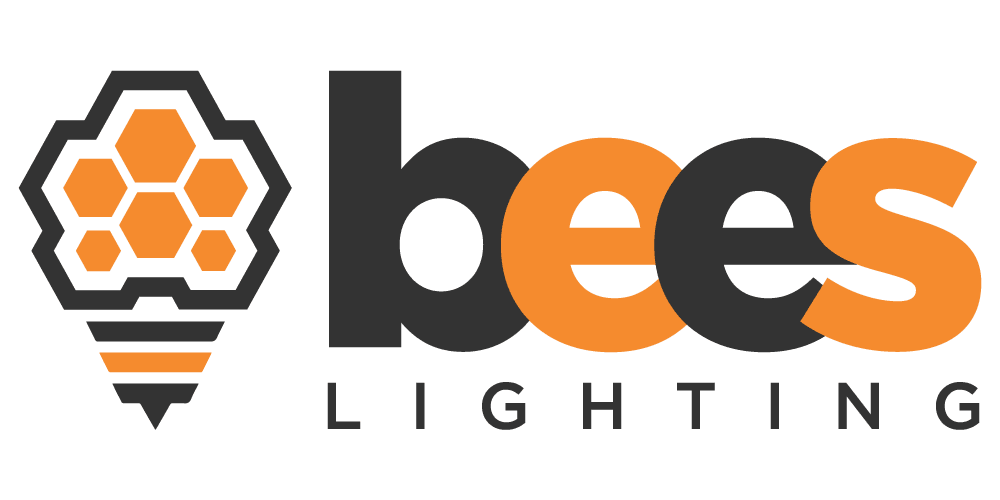

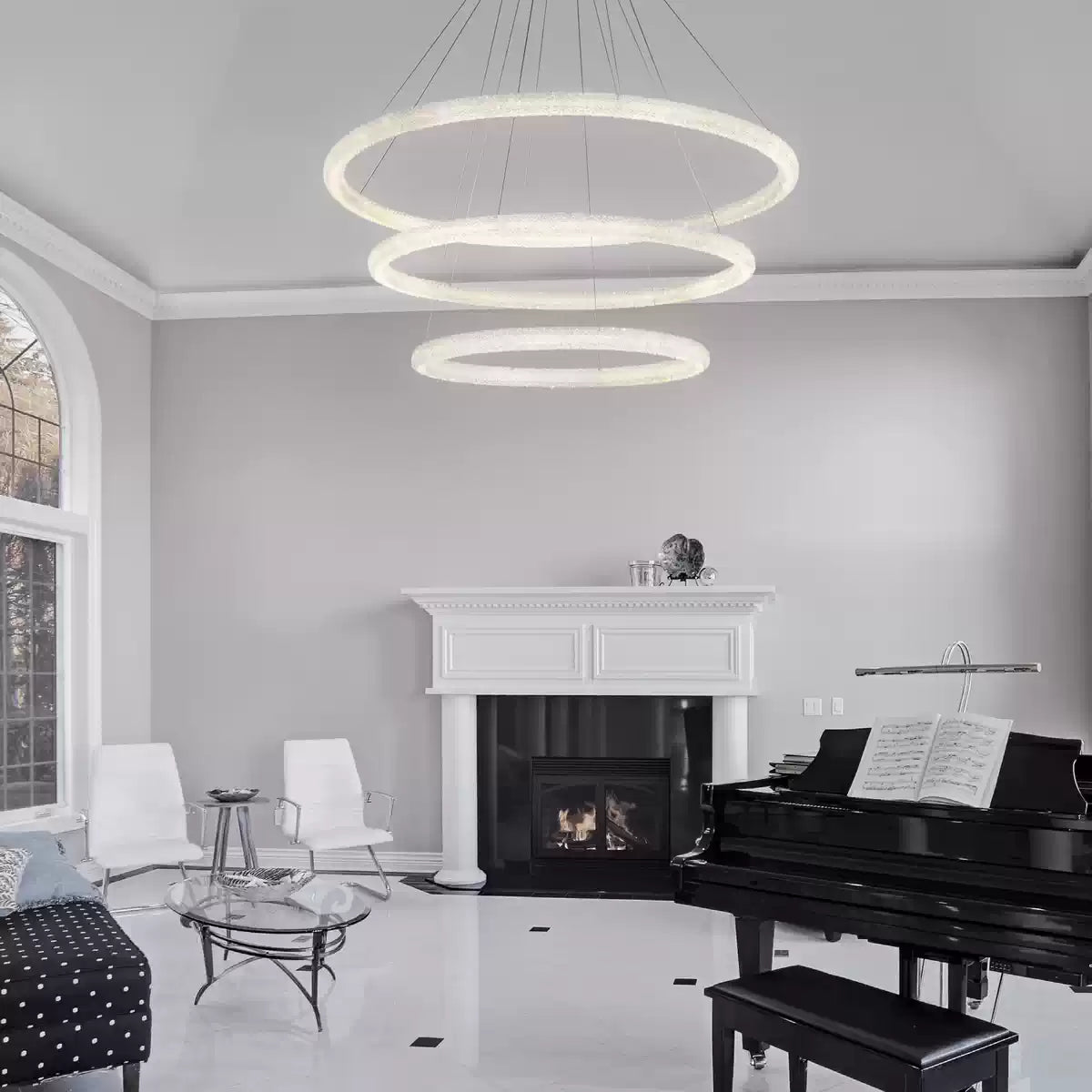




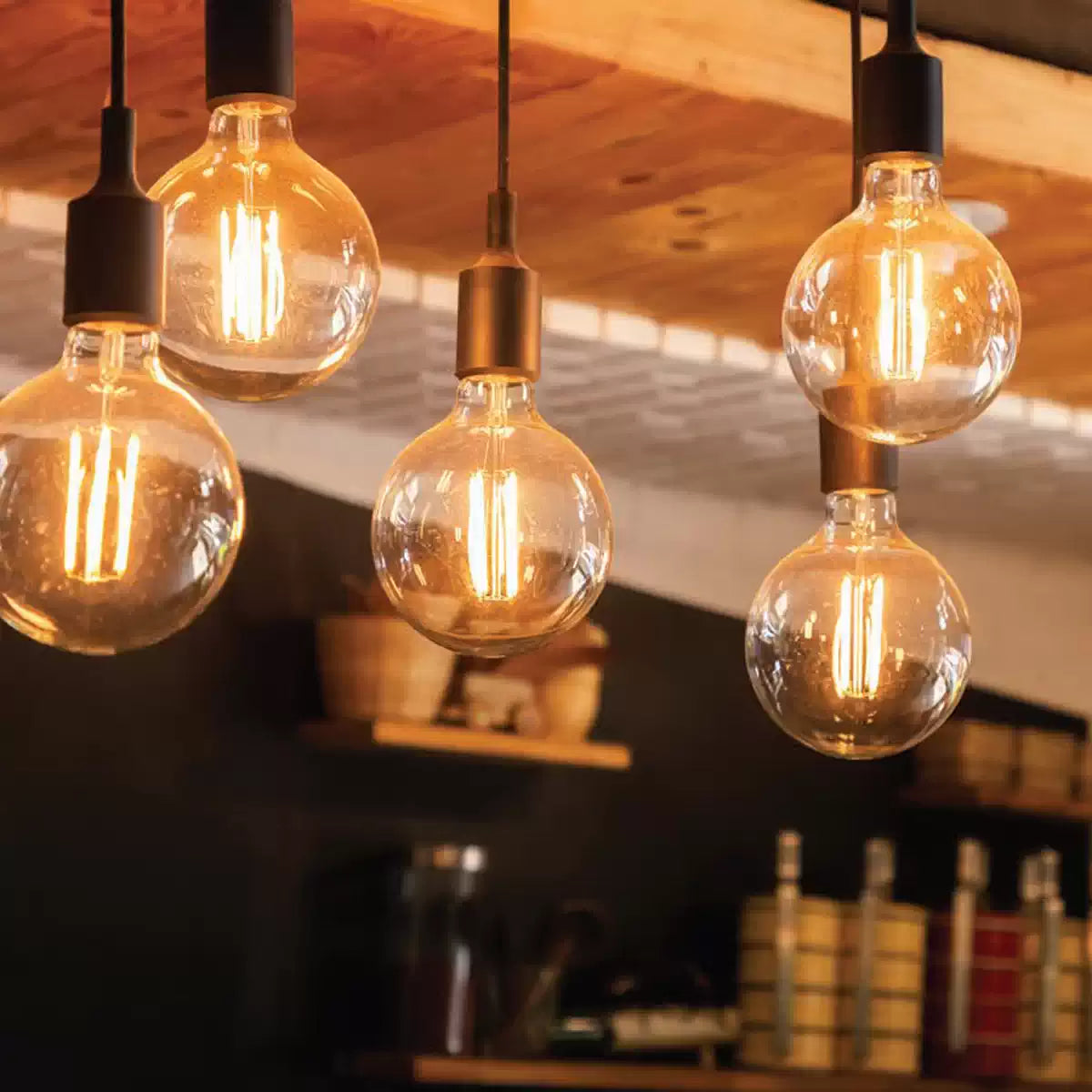


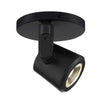





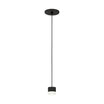
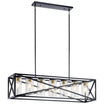


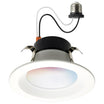







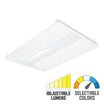
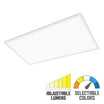
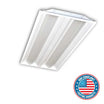



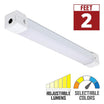



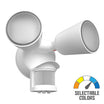


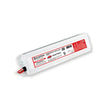
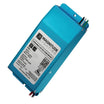
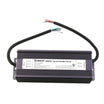

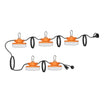




Leave a comment
All comments are moderated before being published.
This site is protected by hCaptcha and the hCaptcha Privacy Policy and Terms of Service apply.